-
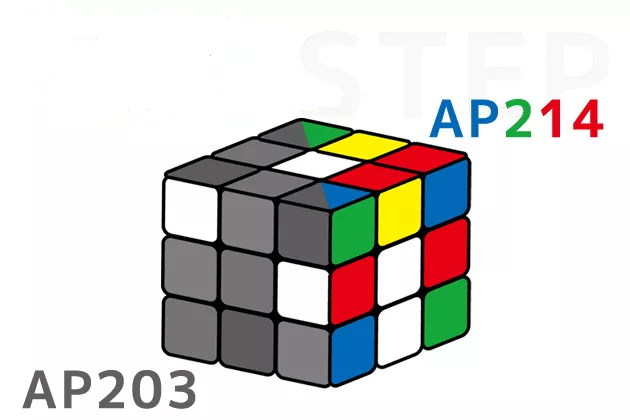 2024.4.18
2024.4.18STEP (Standard for the Exchange of Product Data) files are essential in the world of 3D CAD (computer-aided design) for facilitating interoperability among various CAD software systems like CATIA, Creo, SolidWorks, NX, and Inventor. This format, governed by the ISO 10303 standard, helps in exchanging data across different platforms, which is increasingly critical as industries move towards more integrated and model-based definitions. This neutral 3D CAD file format is pivotal in industries such as aerospace, automotive, and defense due to its ability to maintain rich geometric and desig......
-
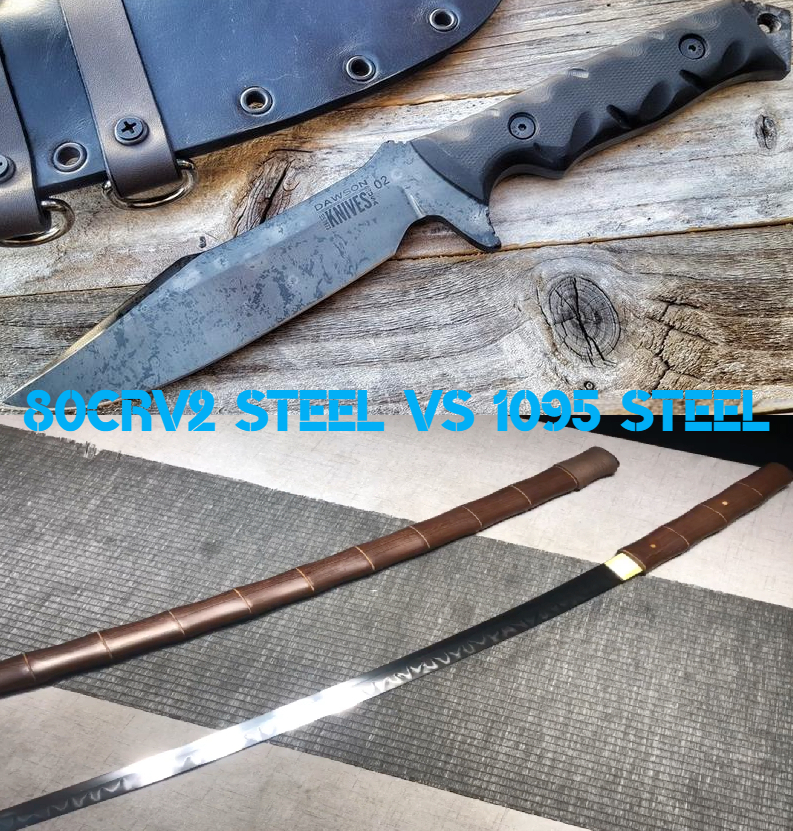 2024.4.17
2024.4.17Steel is the backbone of modern industry and plays a pivotal role in the manufacturing of tools and blades. Among the various types of steel, 80CrV2 and 1095 are two prominent grades known for their distinctive properties and applications. Today, CNCLATHING experts discuss with you the characteristics, applications, and differences between these two steel types, helping you decide which might be better suited for specific uses. 1. What is 1095 Steel? 1095 steel is a high carbon steel that contains approximately 0.95% to 1.03% carbon, making it one of the most carbon-rich steel......
-
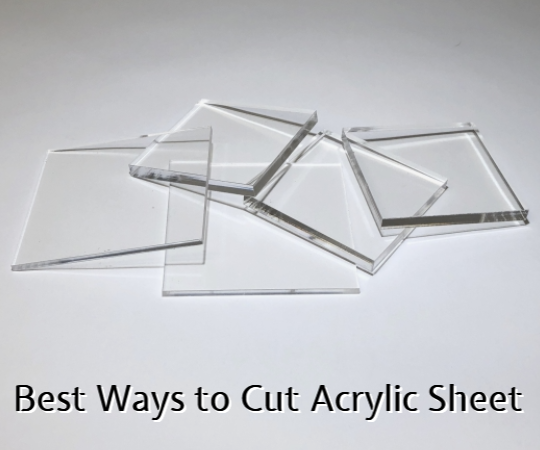 2024.4.11
2024.4.11Cutting plexiglass sheets is often required when fabricating some custom parts and components for varying applications, such as manufacturing electronics housing and covers, how do you cut acrylic sheets without cracking? This guide will cover common plexiglass cutting methods, tools, and the best way to cut acrylic sheets of different thicknesses, even at home. ......
-
 2024.4.11
2024.4.11The following are general geometric tolerances. ISO 2768 applies to the following: Linear dimensionsStraightness and flatnessVerticalitysymmetry translate-ISO2768-enDownload translate-ISO2768-cnDownload Related Articles: General Tolerances for Linear and Angular Dimensions – ISO 2768 Tolerance Chart & PDF | CNCLATHING CNC Machined Parts Tolerances & Drawings – The Standard Tolerances For CNC Machining 10 Best Software Reverse Engineering Tools – What Reverse Engineering Tools to Choose? Casting Geometric Tolerances (GD&T) Charts: Straigh......
-
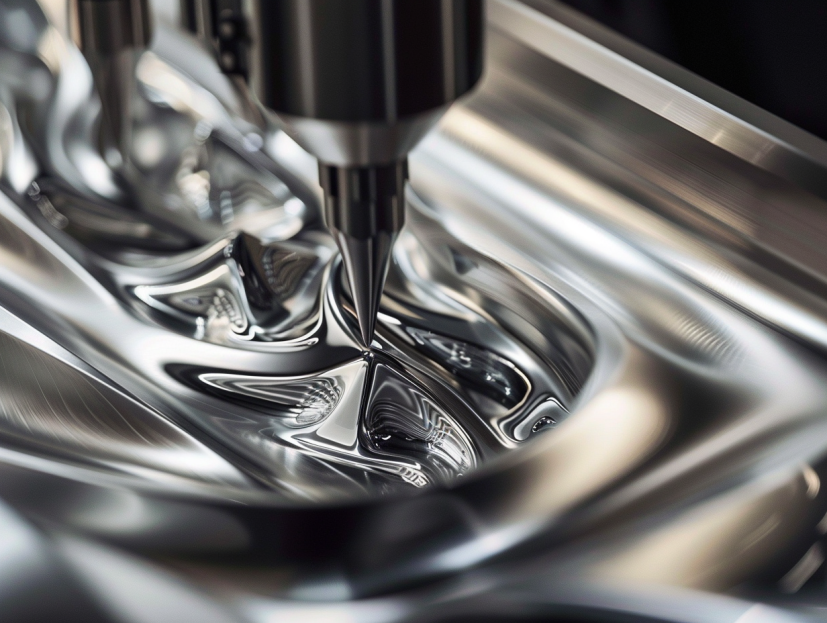 2024.3.21
2024.3.21A tool setter is a sensor used to measure the length of tools on CNC machine tools. By automatically measuring the tool length with micron accuracy and feeding it back to the Numerical Control (NC), it compensates for tool wear and thermal displacement of the tool caused by heat. This allows CNC machine tools to demonstrate their original high processing accuracy. Tool setters also detect chipping or breaking of the cutting edge and automatically stop the machine to prevent the occurrence of defective products. The need for trial cuts by skilled operators during tool change and manual i......
-
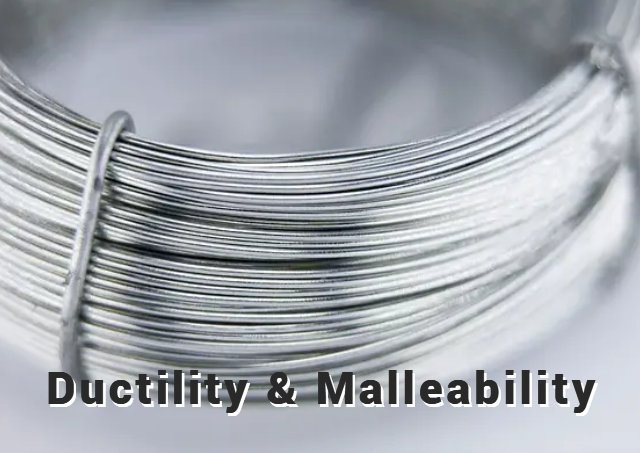 2024.3.19
2024.3.19Malleability and ductility are related terms and are important in engineering and manufacturing, to assess the best materials for your project, today let’s start understanding ductility and malleability with their definitions, differences, examples of metals, measurement, calculation and some frequently asked questions. ......
-
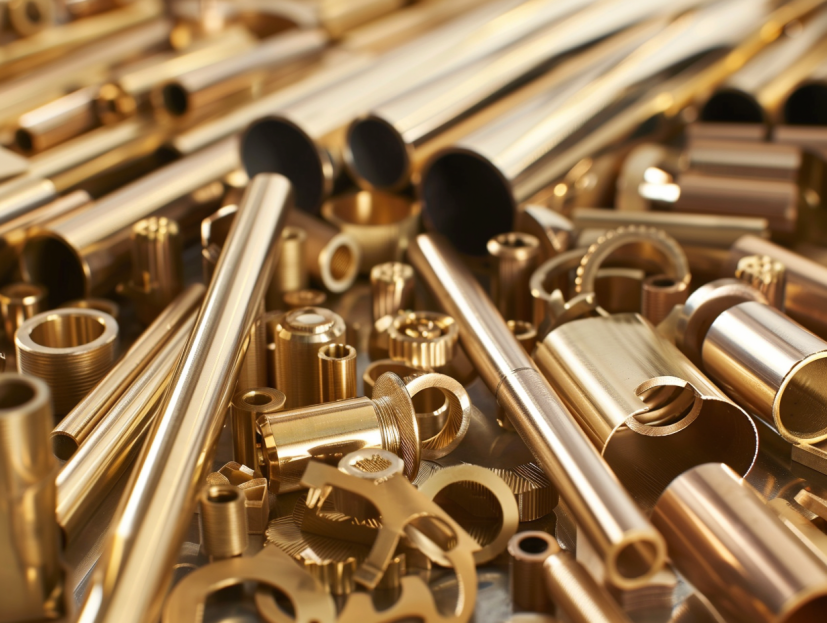 2024.3.15
2024.3.15Brass is a versatile and widely used alloy in the manufacturing industry, known for its golden hue and numerous applications. Among the various types of brass, red brass and yellow brass are particularly common, yet they have distinct differences that set them apart. This article explores what these two brass types are and how they differ in terms of composition, properties, applications, and price. What is Red Brass? Red brass (C23000), also known as rose brass, possesses a high copper composition of about 85%. This gives it a distinctive reddish hue. Red brass is partic......
-
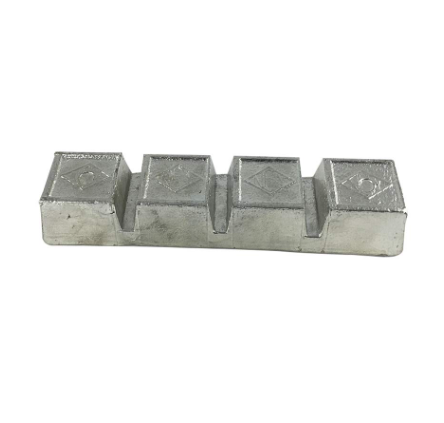 2024.3.15
2024.3.15Pewter is a unique material that has been used since a long time ago, it is still a good investment casting alloy in modern manufacturing. In this article, we are going to take an overview of pewter, involving its composition, properties, applications, advantages, disadvantages, differences between pewter and silver, etc. ......
- Home
- Machining techniques
- CNC Machining Services
- Cooperative supply services
- Designs
- Materials
- Finishing Services
- Shop
- Products
- Guide
- About Us
- Contact Us

